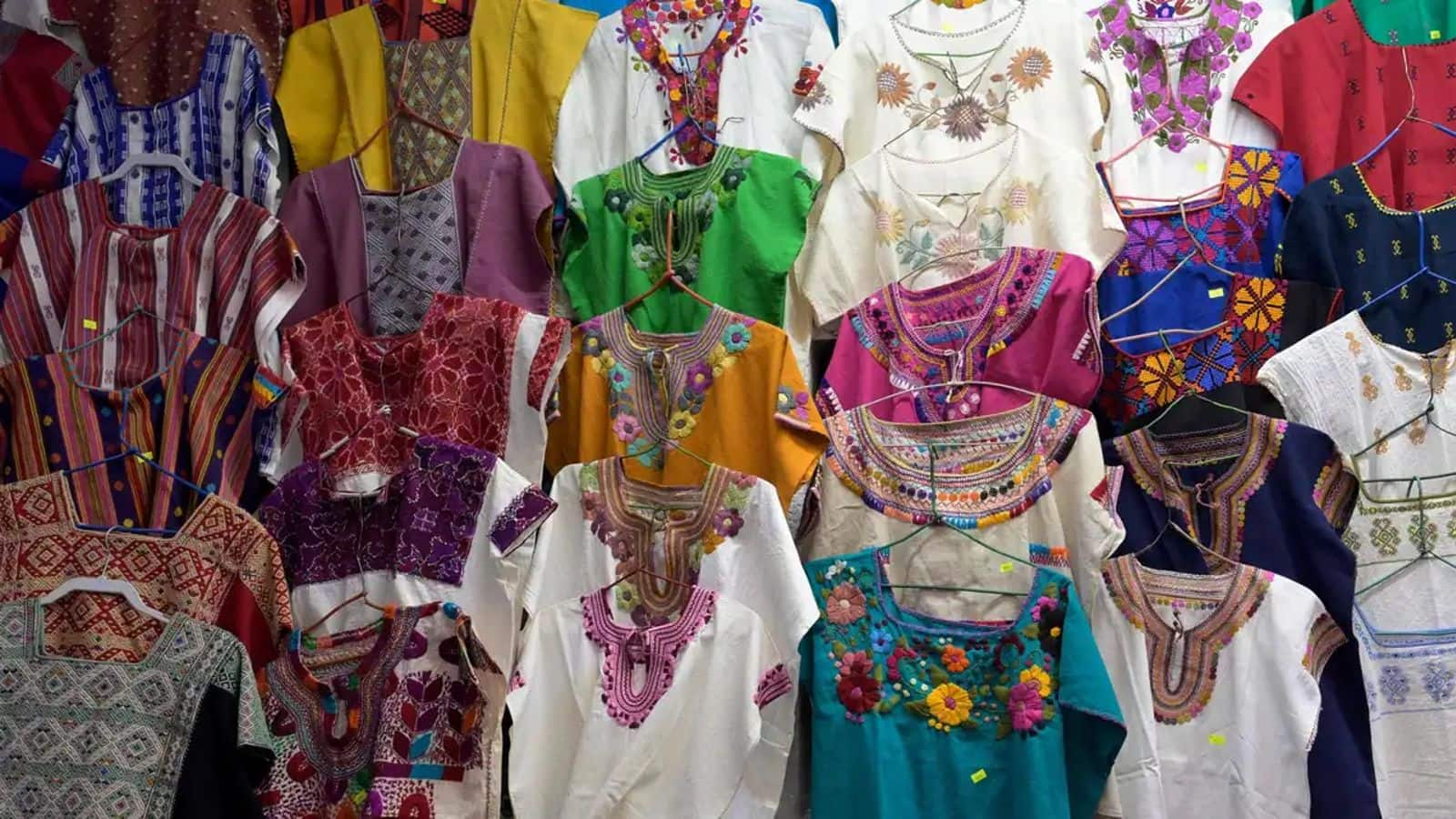The huipil, a traditional garment from Mexico , represents more than mere attire. It serves as a vibrant canvas that narrates stories, embodies the cultural identity of its wearers, and highlights the exquisite artistry of its creators. This article ventures into the realm of huipils, examining their historical roots, their profound significance, and their enduring impact within the sphere of modern fashion trends.
The roots of huipil craftsmanship The huipil, a garment with origins in pre-Columbian times, is deeply ingrained in Mexican culture. It is traditionally worn by Indigenous women in various regions, including Oaxaca and Chiapas. Each piece is meticulously handwoven, a skill passed through generations.

The designs are diverse, often incorporating symbolic patterns that reflect the wearer's community and beliefs, showcasing a rich cultural heritage. Deciphering huipil patterns A huipil's design is a silent language. Geometric shapes might symbolize elements like mountains or rivers, illustrating a connection to nature.
Animals depicted can signify attributes such as strength or wisdom. Colors are chosen with intention—red embodies life and energy, while blue represents calmness and peace. Each hue is carefully selected, adding meaningful depth to the garment's overall design.
Styling huipils in modern wardrobes Adding a huipil to modern attire brings a splash of vibrancy. Opt to pair it with neutral-toned pants or skirts, allowing the blouse to be the focal point. F.
















